Afghan Kush | AAA+ | Indica | Bulk Sale
$460.00 – $800.00Price range: $460.00 through $800.00
D (Independent Tester): “Looks: below average crystal density, lots of red hair; Smell: mild sweet dank smell; Feel: sticky and a bit mushy; Taste: 9/10 clean taste; Smoke: 9/10 smooth; High: 9/10 fast acting head and upper body high; Overall: AAA+ 9/10 potent and smooth”
*Please use the independent review as a general guide; however, these are highly subjective and your personal tastes and preferences can make your experience vastly different from the tester*
Batch Information:
- Batch received on Aug 18, 2025
- THC: 21-23%
- CBD: 0-1%
- Nug Size: 3/5 (5 being the biggest relative to all of our dried flower inventory)
- Smell: Great – pungent, earthy, gas
- Stickiness: Great
- Bud appearance: A lot of crystals covering the small to medium sized buds, medium green foliage with a little more orange pistils than usual
- Trim: Great – little bit of leaves
- Dryness/feel: Dried very well – firm on squeeze but soft
- FREE Shipping for orders of $150 or more
- Orders will take about 2-5 business days to arrive after Canada Post has received the package *assuming no delays from Canada Post*
- Packages will be shipped based on the time when Payment is received NOT when order is placed.
- Orders with Payment received between 12am PST – 12pm PST (midnight to noon) will be shipped the Same Business Day.
- Orders with Payment received After 12pm PST (noon) will be shipped the Next Business Day.
Afghan Kush (Landrace Indica) — The Most Comprehensive Guide
Fast Facts
-
Type: 100% Indica-leaning landrace
-
Origin/Lineage: Native to the Hindu Kush mountains along the Afghanistan–Pakistan border; stabilized from traditional hash-plant populations
-
Aroma & Flavor: Earthy hash, sandalwood, cedar, spicy pepper, sweet herb, pine, incense
-
Dominant Terpenes (typical): Myrcene (primary) with β-caryophyllene, α-pinene, plus humulene & limonene in supporting roles
-
Typical Potency: THC ~16–21% (can vary by cultivar/batch); CBD usually <1–2%
-
Effects (user-reported): Heavy body relaxation, stress relief, full-body calm, couch-lock; often sleepy at higher doses
-
Best For: Evenings, winding down, off-days, movies, deep relaxation
-
Grow Difficulty: Easy–moderate; short, sturdy, very resinous; great for hash making
-
Flowering Time (photoperiod): 7–9 weeks indoors
-
Yield: Medium–high (dense golf-ball to knuckle-sized buds)
-
Outdoor Harvest (N. Hemisphere): Late Sept–Oct
-
Climate Preference: Cool–temperate, low humidity late flower (dense buds)
What Makes Afghan Kush Special
A true landrace indica, Afghan Kush is prized for thick, sticky trichomes and the classic “hashish” bouquet. Generations of selection in harsh mountain climates yielded a compact, hardy plant with broad leaves, dense flowers, and a deeply sedating finish. Its resin content is why Afghan Kush remains a cornerstone for traditional Afghan/Black hash and countless modern Kush lines.
Sensory Profile (Aroma, Flavor, Mouthfeel)
-
Top notes: Earthy soil, incense/sandalwood, dry cedar, peppery spice
-
Mid notes: Pine needle, herbal sweetness, faint floral musk
-
Finish: Classic hash, slightly sweet and woody; thick, resinous mouthfeel
-
Grind: Sticky; a medium grind prevents clogging and preserves terp saturation
Cannabinoids & Terpenes
-
THC: Commonly mid-teens to low-20s%
-
CBD: Usually trace to low; some phenos can express a touch higher
-
Terpene Drive:
-
Myrcene: Relaxation, musky herbal notes
-
β-Caryophyllene: Pepper/spice; interacts with CB2
-
α-Pinene: Pine, clarity; can brighten the profile
-
Humulene/Limonene: Earthy bite / subtle citrus lift
-
Potency and terpene percentages vary by grower, batch, and curing.
Effects & Experience
-
Onset: 5–15 minutes (inhaled); 30–90 minutes (edibles)
-
Body: Heavy relaxation, easing of physical tension; potential couch-lock at higher doses
-
Mind: Calm, quieting chatter; contented, sleep-leaning finish
-
Duration: 2–4 hours (inhaled), longer for edibles
-
Great For: Unwinding, movie nights, post-work decompression, pre-sleep routines
Note: Effects are anecdotal and can differ by person, dose, and set/setting.
Potential Side Effects
Dry mouth/eyes, heavy sedation, dizziness on overconsumption; less commonly anxious/paranoid feelings (usually dose-related). Start low, go slow, especially for new consumers.
Who Will Love Afghan Kush
-
Indica enthusiasts seeking the classic hash-plant feel
-
Tolerance-holders wanting deep body calm and sleep support (anecdotally)
-
Hash makers—plants are prolific resin producers
Growing Afghan Kush (Cultivation Guide)
Plant Structure: Short, stocky, broad leaves, thick stems; internodes tight.
Training: Great with LST, topping, main-lining, SCROG/SOG to keep an even canopy.
Environment:
-
Veg temps: ~20–27 °C (68–80 °F)
-
Flower RH: 40–45% (reduce late to prevent botrytis in dense colas)
-
Airflow: Strong; use defoliation/lollipopping to open interior.
Feeding: Moderate–heavy feeders; stable with balanced macros (N in veg; P/K + Ca/Mg support in bloom).
Flowering: 7–9 weeks; most cuts finish near week 8.
Yield: Medium–high indoors; outdoors can be very productive in dry climates.
Pest/Mold: Generally hardy; watch for powdery mildew/botrytis in humid rooms due to density.
Hash/Extraction: Exceptional kief/water-hash returns thanks to oversized capitate-stalked trichomes.
Harvest & Cure Tips
-
Harvest when most trichomes are cloudy with 10–20% amber for a heavier finish.
-
Dry 10–14 days at ~18–21 °C (64–70 °F) & 55–60% RH; slow-cure in glass at 58–62% RH.
-
Burp daily first 1–2 weeks; then weekly. Full cure in 4–8 weeks enhances incense/wood notes.
How Afghan Kush Compares
-
Hindu Kush: Similar earth/incense, often slightly brighter pine.
-
Master Kush: Afghan heritage with a smoother, sometimes creamier spice.
-
Mazar (Afghani × Skunk): More skunky-sweet, still deeply relaxing.
-
Northern Lights: Indica body with a sweeter, sometimes fruitier top.
Buyer’s Guide
Look for:
-
Dense, olive-to-forest green buds with thick amber-to-milky trichomes
-
Aromas that scream earthy hash, sandalwood, pepper
-
Fresh pack dates and transparent lab results (THC/CBD + terpene list)
Storage: Dark, cool, airtight; 58–62% RH packs maintain texture and terps.
FAQs
Is Afghan Kush indica or sativa?
Indica-leaning landrace from the Hindu Kush.
How strong is Afghan Kush?
Commonly mid-teens to low-20s% THC; check the batch COA.
Does Afghan Kush help with sleep?
Many consumers report a sleep-leaning finish, especially at higher doses. Individual results vary.
What does Afghan Kush smell/taste like?
Earthy hash, incense/sandalwood, pepper, pine, sweet herb.
How long does it flower?
Most phenos finish in 7–9 weeks indoors.
Responsible Use & Compliance
Cannabis affects everyone differently. Do not drive or operate machinery. Keep out of reach of children and pets
| Amount | 1 lb, 1/2 lb, 3.5 grams, 28 grams, 14 grams, 7 grams, 2 grams |
|---|
Only logged in customers who have purchased this product may leave a review.

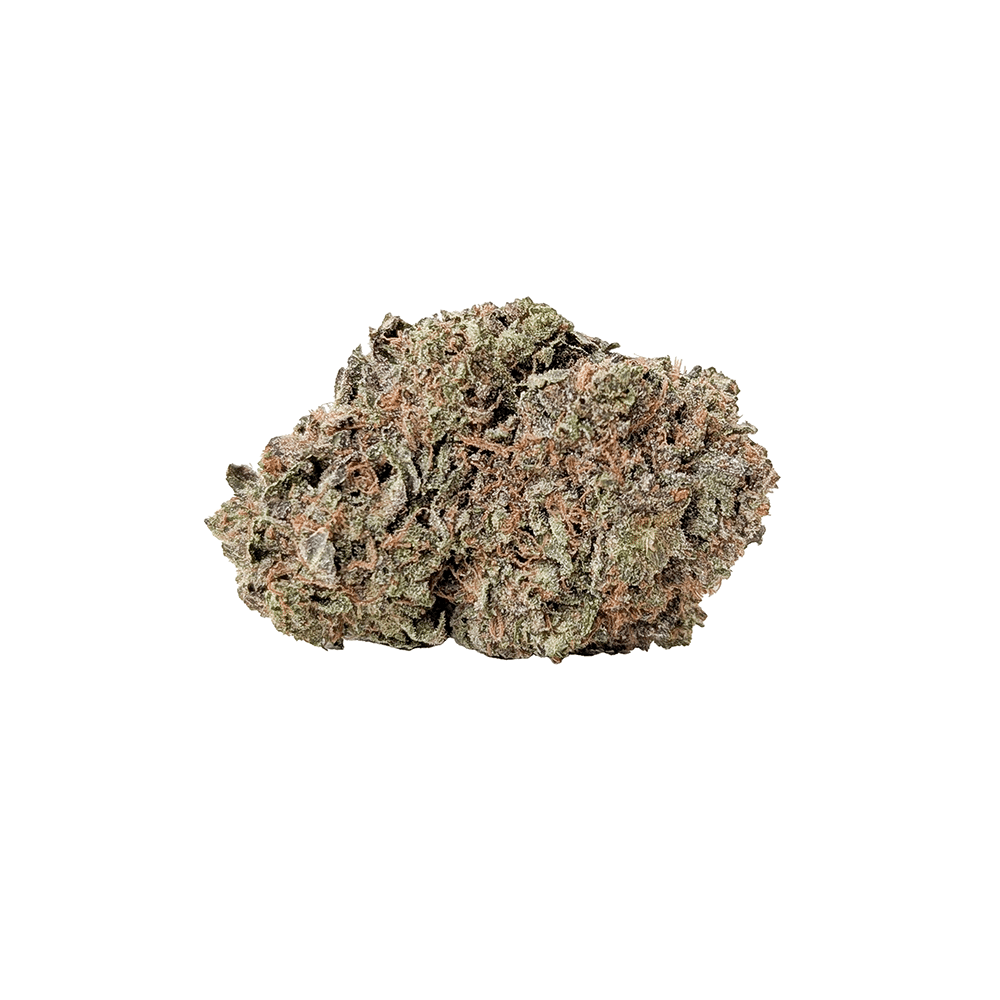
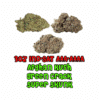
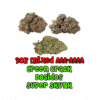
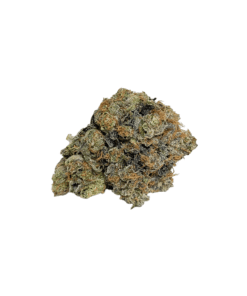
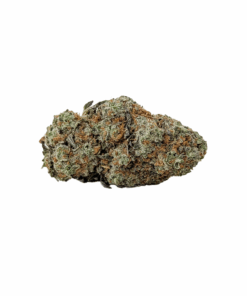
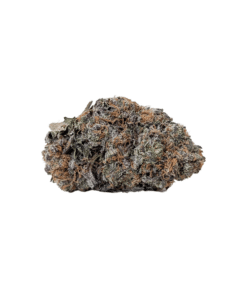
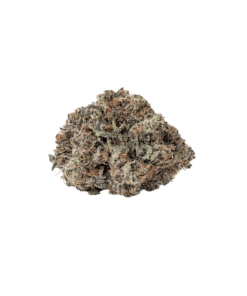
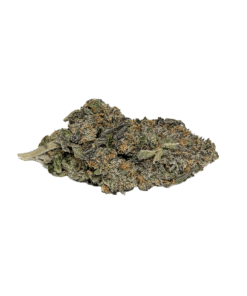
Reviews
There are no reviews yet.